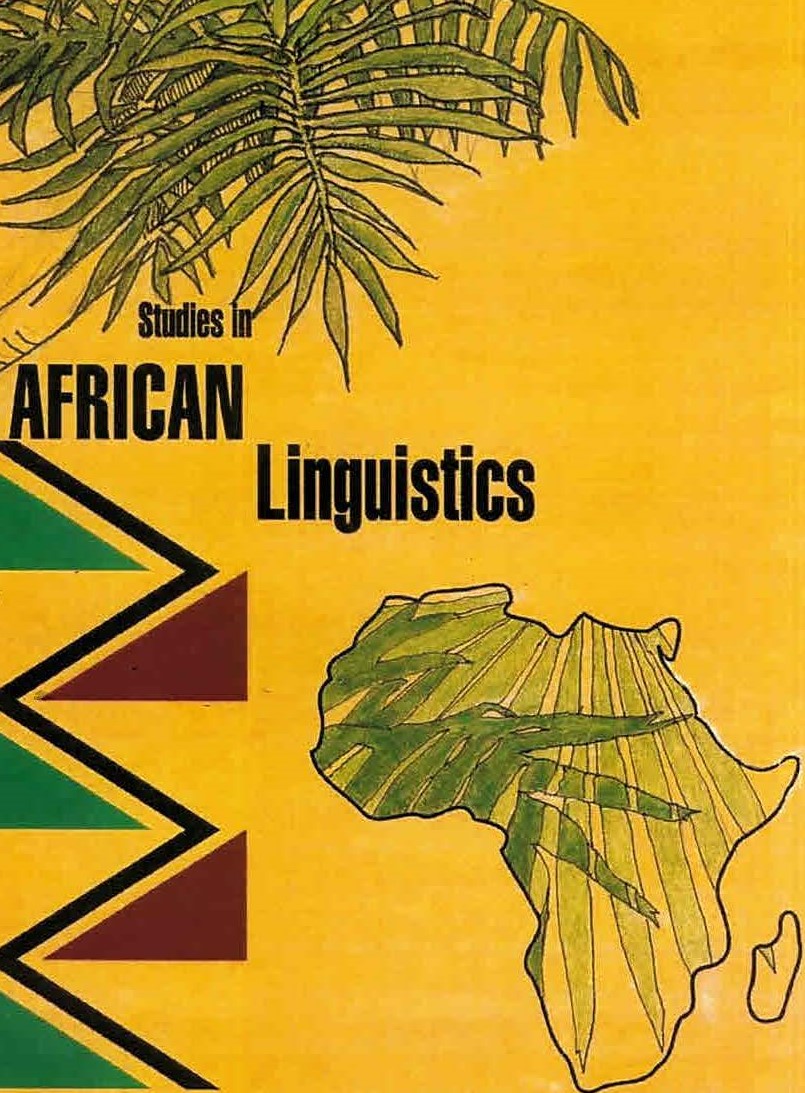Yorùbá Sentential Negative Markers
DOI:
https://doi.org/10.32473/sal.v50i1.120778Keywords:
negative markers, allomorphs, form-interpretation mismatch, mood and aspect, YorùbáAbstract
The main claim of this paper is that Yoruba has only four sentential negative markers, kìí, kò, kọ́ and má, contrary to a traditional assumption that there are six of them (Fabunmi 2013). It is argued that these markers can be subcategorized into two morphemes: the k-morpheme and the má-morpheme. The k- and má-morphemes are distinguished based on mood. The k-morpheme is used in realis mood while the má-morpheme is used in irrealis mood. Kìí, kò, and kọ́, which are taken to be allomorphs of the k-morpheme, are distinguished based on aspect and focus. It is shown that when the SN markers occur in a different modal-aspectual environment, this generally gives rise to the kind of form-interpretation mismatches described for functional items in Carlson (2006).
Downloads
Published
Issue
Section
License
Copyright (c) 2021 Taofeeq A. Adebayo

This work is licensed under a Creative Commons Attribution-NonCommercial 4.0 International License.


